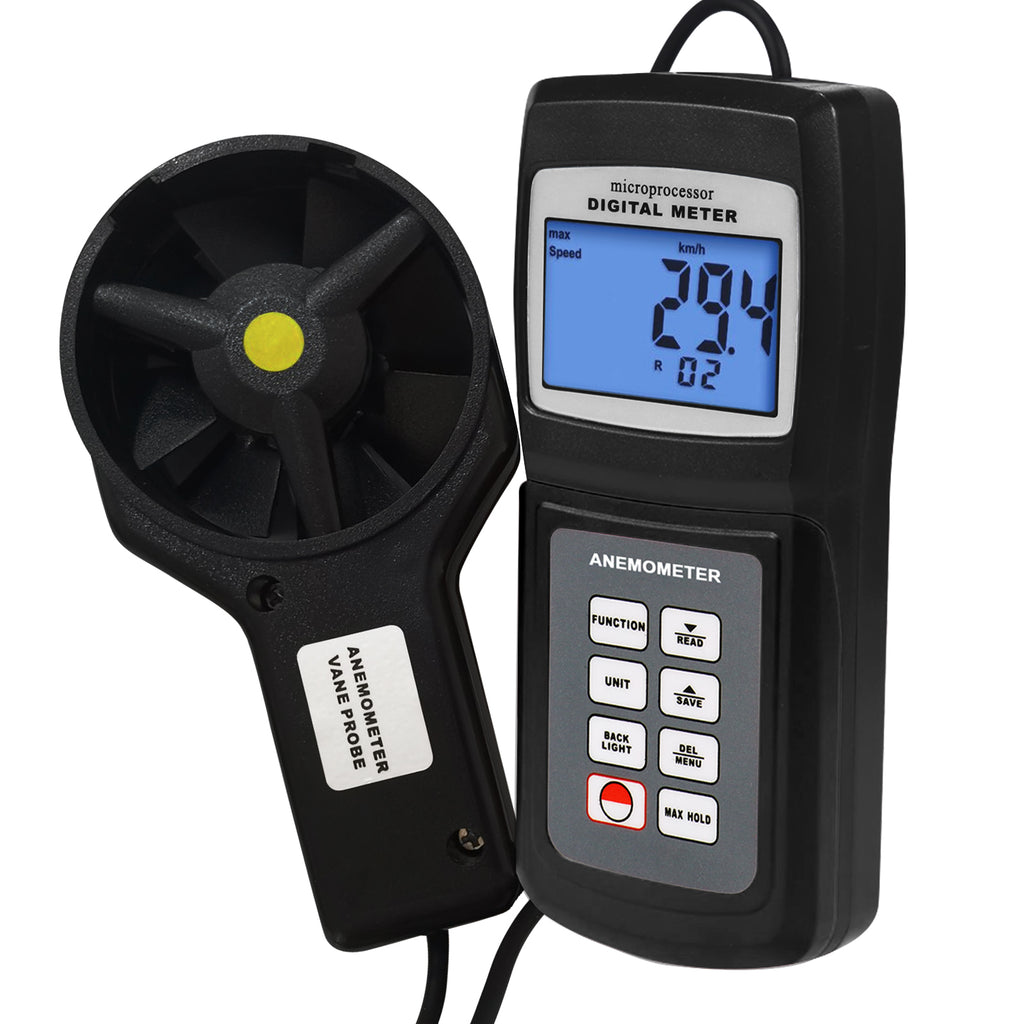How an Anemometer Can Improve Your Weather Tracking System
How an Anemometer Can Improve Your Weather Tracking System
Blog Article
Discovering the Functions and Advantages of Anemometers for Weather Condition Lovers and Professionals
Anemometers stand as instrumental devices in the world of weather surveillance, catering to both lovers and experienced experts alike. These gadgets supply a window right into the dynamic globe of wind patterns and rates, giving indispensable data for meteorological analysis and forecasting. From mug anemometers to sonic anemometers, each type brings its distinct collection of applications and advantages, shedding light on numerous aspects of climatic problems. As we explore the functions and benefits of anemometers, a much deeper understanding emerges not only of prevailing weather phenomena however also of the broader effects for industries like wind power manufacturing and environmental research.
Importance of Anemometers in Weather Tracking
Anemometers play an important role in weather monitoring by giving accurate dimensions of wind speed, helping in projecting and understanding weather patterns. These instruments, varying from conventional cup anemometers to modern ultrasonic anemometers, are necessary for meteorologists, scientists, and climate enthusiasts alike.

Sorts Of Anemometers and Their Applications
With the crucial duty anemometers play in weather monitoring and projecting, recognizing the various sorts of these instruments and their applications ends up being necessary for experts and fanatics in the area. One of the most common types of anemometers include cup anemometers, vane anemometers, hot-wire anemometers, and ultrasonic anemometers. Cup anemometers are composed of three or four cups mounted on horizontal arms that turn with the wind, measuring its speed. Vane anemometers, on the other hand, make use of an easily revolving vane to align with the wind instructions, supplying both wind rate and instructions measurements. Hot-wire anemometers run based upon the concept of convective warm transfer, where the cooling result of the air circulation is gauged to determine wind rate. Ultrasonic anemometers use ultrasonic acoustic wave to determine wind rate and instructions properly.
Mug anemometers are suitable and robust for general weather tracking, while vane anemometers are preferred for directional measurements. Ultrasonic anemometers are non-intrusive and offer high accuracy, typically utilized in study and specialized weather monitoring applications.
Advantages of Utilizing Anemometers in Forecasting
In weather forecasting, the application of anemometers provides indispensable benefits for improving the accuracy of weather forecasting. Anemometers measure wind speed and direction, providing vital information for forecasting weather patterns. By including wind data into projecting designs, meteorologists can much better comprehend the movement of weather systems, prepare for adjustments in climatic conditions, Discover More and issue extra exact projections.
Additionally, anemometers play a crucial role in examining possible weather condition hazards. Keeping track of wind rates aids forecasters anticipate serious weather events such as cyclones, tornadoes, and winter season tornados with greater precision. This early caution system allows authorities to release timely signals and execute necessary precaution, minimizing the threats to life and property.
In addition, anemometers aid in enhancing renewable resource manufacturing. By analyzing wind patterns, meteorologists can identify ideal areas for wind ranches and anticipate power output, adding to the effective generation of wind power.

Anemometers in Wind Energy Manufacturing
Given the crucial duty anemometers play in offering accurate wind data for climate projecting and risk analysis, their importance encompasses the realm of wind power manufacturing. Anemometers are essential instruments in the field of wind energy, where the measurement of wind rate and instructions is crucial for identifying the usefulness and effectiveness of wind turbine installations. By precisely gauging wind rates at varying elevations, anemometers help maximize the positioning and design of wind generators to maximize energy result.
In wind farms, anemometers are purposefully placed to collect real-time wind information that is utilized to assess the possible energy production of a find more website. This data contributes in figuring out the economic stability of wind energy projects and in forecasting energy generation to guarantee grid stability. Furthermore, anemometers aid in keeping an eye on wind problems to optimize wind turbine performance, avoid damages from high winds, and make certain the security of workers operating in the area of wind turbines.
Enhancing Weather Comprehending With Anemometers

Anemometers play a key role in boosting our understanding of microclimates. These local climate condition can differ dramatically from broader local forecasts, making it important to have exact data for particular locations. anemometer. By tactically putting anemometers in numerous locations, researchers can gather thorough details on exactly how wind acts in various terrains, urban settings, or bodies of water
In addition, anemometers add to enhancing weather forecasting versions by providing real-time information on wind habits. This information is specifically beneficial for predicting serious weather occasions, optimizing farming techniques, and sustaining industries like air travel and maritime navigation. In general, anemometers are vital tools that enable us to dive deeper into the intricacies of weather condition systems, ultimately bring about more accurate forecasts and better-informed decisions.
Conclusion
In conclusion, anemometers play a crucial role in weather tracking and forecasting by measuring wind rate and direction. Anemometers also have applications in wind energy production, additional highlighting their importance in both weather forecasting and eco-friendly energy markets.
From mug anemometers to sonic anemometers, each type brings its unique collection of benefits Get More Information and applications, shedding light on numerous facets of atmospheric problems. These tools, ranging from conventional mug anemometers to modern ultrasonic anemometers, are crucial for meteorologists, researchers, and climate enthusiasts alike. The most typical kinds of anemometers consist of mug anemometers, vane anemometers, hot-wire anemometers, and ultrasonic anemometers. Mug anemometers are ideal and durable for basic weather monitoring, while vane anemometers are preferred for directional measurements. Anemometers are necessary instruments in the area of wind energy, where the dimension of wind speed and instructions is vital for determining the feasibility and efficiency of wind generator installments.
Report this page